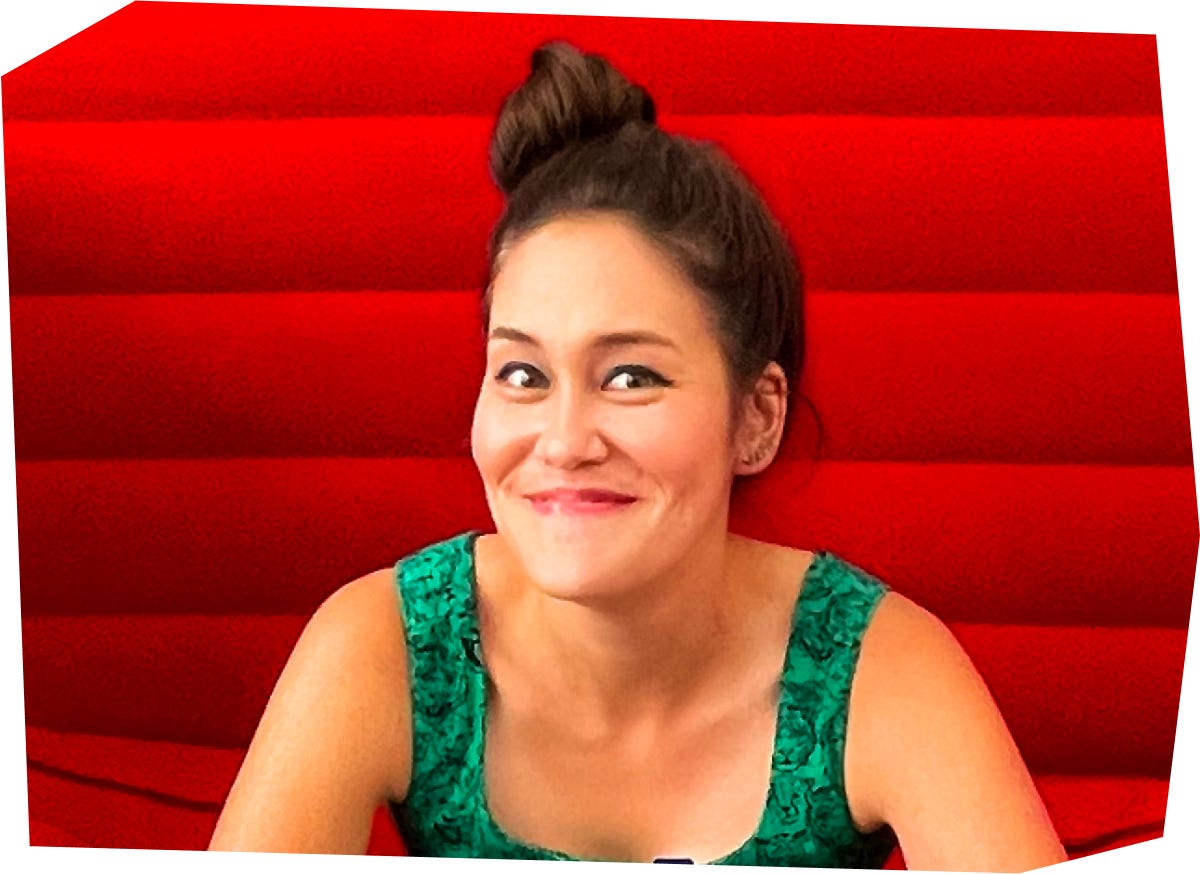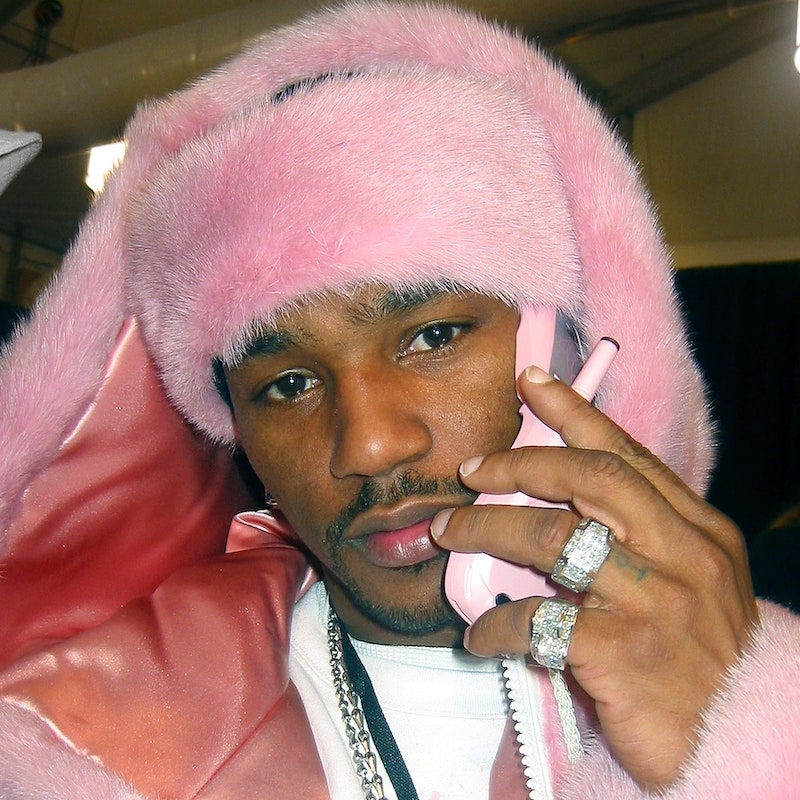This week, we interviewed Elspeth Michaels, a former art and design teacher who writes The Drip, a publication following the paths to where hip hop and art history collide.
This interview has been lightly edited for length and clarity.
What's your Substack about in one sentence?
The Drip is the sweet, gooey intersection of hip hop and art history.
How did your interest in art history and hip hop come about?
This idea started percolating in college when I was an art history major studying in Chicago. One day in my photography class, my professor said, “Art history is one big inside joke.” To exist in the canon, he implied, artists make their place by studying and referring to the greats. Something clicked for me at that moment. The more I learned about art, the more I started making these deeper connections.
During this time, I was listening to Kanye West, Common, and Lupe Fiasco as they were blowing up, collaborating on albums, and telling stories about the South Side. My understanding of lyrical connections to place, culture, and memory gelled in new ways as I was also developing more of an academic framework to analyze art. I realized that hip hop, too, is one big inside joke. My professor put into words what I felt both in the classroom and outside exploring my new city. Both hip hop and art history share a self-referential practice. The more you listen and look, the more you start connecting samples and styles, bars and brushstrokes. The rabbit hole emerges at your feet, beckoning you to discover how deep those connections go.
Both hip hop and art history share a self-referential practice. The more you listen and look, the more you start connecting samples and styles, bars and brushstrokes.
You describe your publication as “a mixtape and a sketchbook,” and see it as “an experimental space for ideas to take form.” Can you tell us more about your process?
Every month is a mixtape, where I expand on a theme through weekly essays, or as I like to call them, tracks. To go deeper into the intersection of different topics, I wanted to build off the ideas from previous weeks and create a contained and cohesive ‘sound.’ I also include Venn diagrams and other illustrations from my own sketchbook that help highlight intersections, often in unexpected, goofy ways.
My creative process is first and foremost collaborative. I want all of my creative work to begin and end in the spirit of building community. Within all that, there are a lot of research rabbit holes, conversations and voice notes with friends, a sketchbook on me at all times, museums, concerts, long runs, and late-night cereal.
Your posts are grouped into monthly themes—“pink” this month for example—from which you jump into historical perspectives and personal experience. How do you decide where to start? And when to stop?
The way I choose themes comes from either a place of curiosity or fear—or fittingly, the intersection of both! This month, I start with a question that asks if we can map out color trends alongside shifts in societal attitudes. Gen Z’s aesthetic embraces Y2K-era fashion but imbues it with bright colors in a more gender-fluid way. I kept seeing artists like Young Thug, Bad Bunny, and Lil Nas X challenge the hyper-masculine norms of hip hop by wearing bright pink outfits. It made me think of how Cam’ron in 2002, paved the way for pink in hip hop by wearing a pink mink coat at NYC Fashion Week, and in doing so, transformed his own color Killa Pink into a brand.
My research led me to David Batchelor’s book Chromophobia, where he explains this fear of contamination through color as a product of sexist and racist patriarchal Eurocentric idealism. I started reflecting on how I experience and perpetuate chromophobia in my own life, from reading and watching stories in books and movies that reinforce this trope, down to the way I choose clothes. Cam’ron’s Killa Pink also provoked a kind of chromophobia. People expected pink would damage the credibility of a hardcore MC, but instead, it made him more successful and an enduring trendsetter. I wanted to invite people to think about the low and high stakes of these kinds of fears and biases, and how they affect our everyday lives.
Read more: Cam'ron's Killa Pink
Who's another Substack writer you'd recommend?
Jameka Williams and her Substack Mka: A newsletter. I’m a huge fan of her voice. Come for her deliciously sharp and witty takes on culture, and stay for her poignant personal essays (Mka Letters). I keep returning to her amazing, gut-punch of a piece about DMX and the color red entitled, The Beauty of Dark Man X. Her writing has a way of staying with you.
And I’m obviously plugging my fellow Joel Gay Creative Fellows: Jet Toomer’s Tiny Violences and Jesus Rodriguez’s Alienhood. They are brilliant, thought-provoking writers who inspire me every week.
Browse the Substack publications Elspeth recommends here.
Subscribe to Elspeth’s newsletter, The Drip, and find her on Twitter and Instagram.









